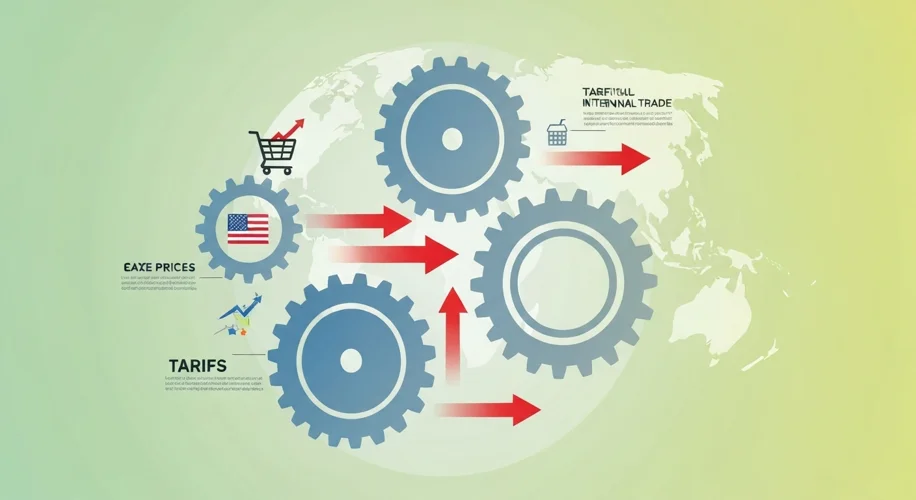Tariffs. The word itself can bring to mind economic textbooks and complex global negotiations. But at their core, tariffs are taxes on imported goods. And like any tax, they have effects that ripple outwards, touching everything from the price of your morning coffee to the relationships between nations.
As someone who’s spent a career navigating the often-turbulent waters of technology and its impact on our world, I’ve learned that understanding the fundamentals of economic policy is crucial. Trade policies, including the use of tariffs, are no different. They shape industries, influence consumer choices, and, yes, even impact international relations. So, let’s break down some of the less obvious effects.
When a country imposes a tariff, it makes imported products more expensive. This can have a few immediate consequences. For consumers, it often means paying more for goods that are imported, or for goods that use imported components. Think about the electronics we rely on daily – many contain parts sourced from around the globe. A tariff on those components can subtly increase the cost of the final product you buy.
For domestic industries, tariffs can offer a shield. By making foreign competitors more expensive, tariffs can make domestically produced goods more attractive. This can help local businesses grow and create jobs. However, it’s not always a straightforward win. Domestic companies that rely on imported raw materials or components might find their costs rising, negating some of the benefits.
Internationally, tariffs can strain relationships. When one country imposes tariffs, others may respond with their own retaliatory tariffs. This can escalate into what’s often called a “trade war,” where the cost of trading goods between countries increases significantly. This impacts global supply chains, which have become incredibly intricate and rely on smooth, predictable trade flows. Imagine a car manufacturer that sources parts from five different countries – tariffs on any of those parts can disrupt their entire production line.
Historically, we’ve seen these patterns play out. Periods of increased tariffs have often been followed by periods of economic uncertainty or slower growth for some sectors. The complexity lies in the interconnectedness of the global economy. Actions taken with the intent to bolster domestic industry can sometimes have unintended consequences, affecting other sectors or even allies.
From my perspective, it’s vital to look beyond the headlines and understand the practical implications of such policies. Tariffs are a tool, and like any tool, they can be used effectively or ineffectively. The key is to consider the full spectrum of effects: on businesses, consumers, employment, and the delicate balance of international trade. It requires a nuanced approach, one that weighs the intended benefits against the potential costs, both seen and unseen. As we continue to integrate globally, understanding these economic mechanisms helps us navigate the broader landscape of how policy shapes our lives.

